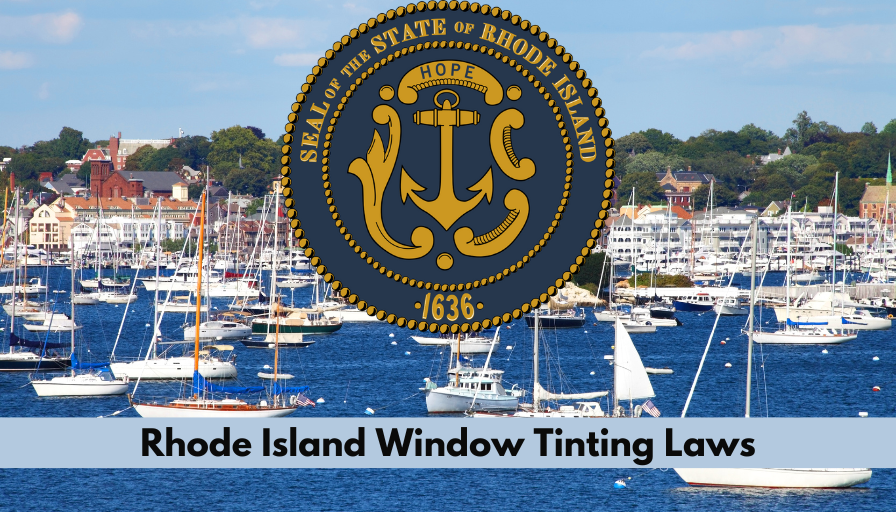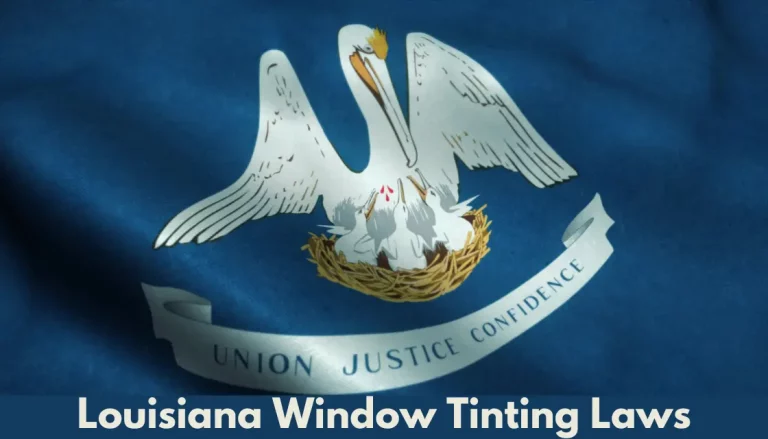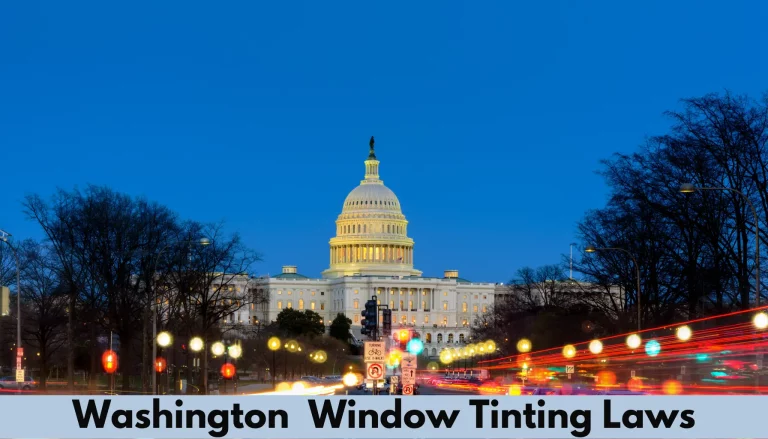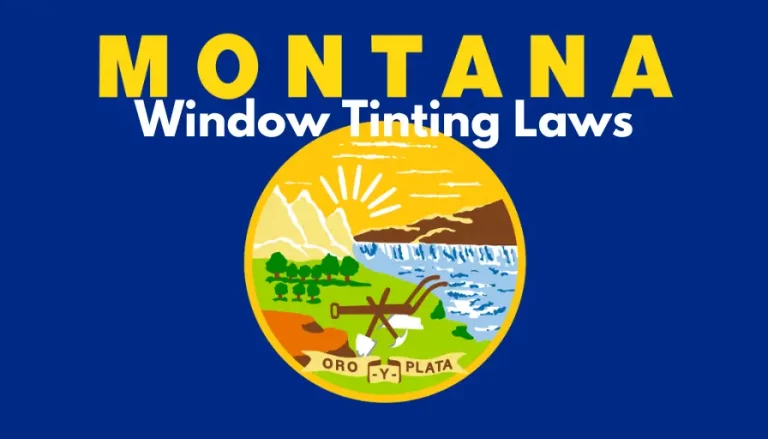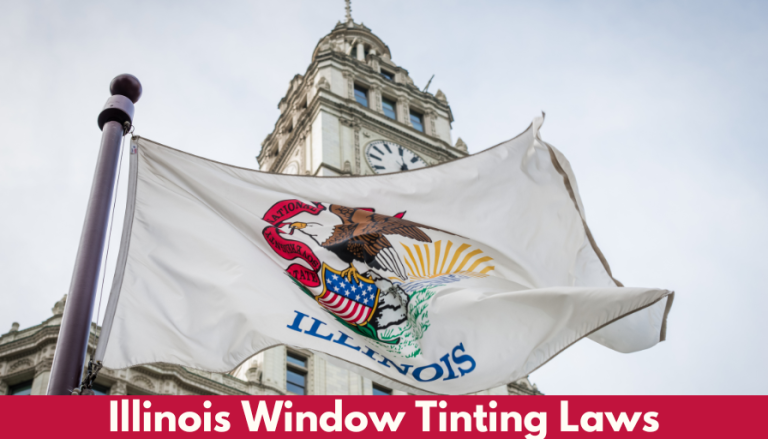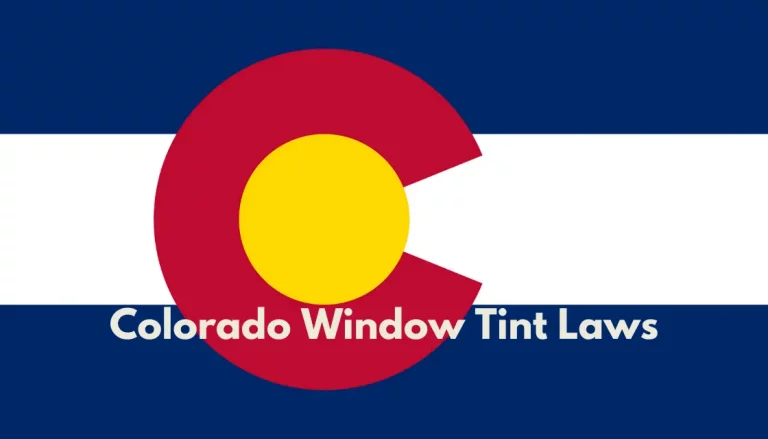Rhode Island Window Tinting Laws: Rules & Compliance Guide
If you’re a car enthusiast in Rhode Island or just looking to add a bit of privacy and style to your ride, understanding the local window tinting laws is crucial. I’ve been through the fine print, and I’m here to break it down for you.
Rhode Island’s window tinting regulations can affect everything from your vehicle’s appearance to its compliance with the law. I’ll guide you through what’s legal and what’s not, ensuring you make informed choices for your car.
Navigating the legalities of window tint percentages, reflectivity, and other restrictions doesn’t have to be a headache. Stick with me, and I’ll make sure you’re up to speed with the latest Rhode Island window tinting laws.
Understanding Rhode Island Window Tinting Laws
Window tinting laws are crucial for maintaining the right balance between privacy, style, and safety. In Rhode Island, legislation dictates specific guidelines that I’m here to help you decipher. First off, let’s tackle the basics: the Visible Light Transmission (VLT) percentage. This represents the amount of light that passes through your car windows. Rhode Island has specific VLT percentages that you must adhere to in order to be road-legal.
Front-side windows need to allow more than 70% of light in, which means tints with less light transmission may result in a traffic stop. For back-side windows and rear windows, the rules are more lenient, allowing you to go darker. These guidelines are here to ensure that visibility is maintained for your safety and the safety of others on the road.
On the topic of reflectivity. Reflective tints can reduce incoming light and heat by reflecting it away. However, Rhode Island law stipulates that a tint cannot be more than a certain percentage reflective. It’s set at a standard to prevent excessive glare and mirror-like effects that could impair the vision of other drivers.
Here’s a quick reference table for Rhode Island window tinting laws:
| Window Position | VLT Percentage | Reflectivity |
|---|---|---|
| Front Side | Over 70% | Not Specified |
| Back Side | Any | Not Specified |
| Rear Window | Any | Not Specified |
It’s also important to note that Rhode Island may have medical exemptions for those who require darker tints due to medical conditions. By providing the necessary documentation from a licensed physician, you might be able to use tints that are normally beyond the legal limit.
Besides VLT and reflectivity, there’s something else you’ll want to keep in mind: color restrictions. Certain tint colors may be prohibited because they can be confusing or distracting to other drivers. Staying informed about these color restrictions is just as vital as knowing the VLT and reflectivity limits.
Being aware of Rhode Island’s window tinting restrictions ensures you stay on the right side of the law. Keeping your vehicle compliant not only enhances its aesthetic but also guarantees that you won’t face unwanted fines or penalties. Remember to check for any updates to the law, as these regulations can change, and it’s best to stay in the loop.
Why Window Tinting Laws Matter in Rhode Island

When looking at the reasons behind Rhode Island’s stringent window tinting laws, it’s crucial to understand their purpose. These regulations aren’t arbitrary; rather, they’re measures put in place to ensure safety for all road users.
Tinted windows can dramatically reduce visibility, especially at night, leading to potential accidents. For Rhode Island drivers, adhering to the laws means not just avoiding legal penalties but also contributing to a safer driving environment for everyone.
Additionally, the Rhode Island window tinting laws consider the overall traffic law enforcement. Tinted windows can make it difficult for law enforcement officers to make eye contact with drivers or see inside the vehicle during traffic stops, which can be a safety concern. Maintaining a certain level of transparency is essential for officer safety and effective enforcement of traffic regulations.
Moreover, compliance with state laws is a must to pass the vehicle inspection. Rhode Island annual safety inspections require that vehicles meet the window tinting regulations otherwise, you’ll likely face the inconvenience, time, and cost of having non-compliant tint removed. It’s not just about being on the right side of the law but also about ensuring that your vehicle remains operational within the state without hassles.
From an aesthetic and comfort perspective, window tints can enhance your vehicle’s appearance and reduce glare and heat. However, understanding the balance between personal preference and legal boundaries set by Rhode Island laws is paramount. Knowing what is permissible can guide you to make choices that personalize your vehicle while still remaining lawful.
Legal Limits for Tint Percentage
When selecting a window tint, it’s crucial to adhere to the specific legal limits set by Rhode Island law. Rhode Island statute dictates that the amount of light allowed to pass through your car’s window film and glass together is referred to as the Visible Light Transmission percentage (VLT%). The VLT% varies for different windows and car types.
For passenger vehicles, the state permits a certain level of darkness. The front side windows must allow more than 70% of light in. This is to ensure the driver’s visibility is not excessively compromised. For the back side windows and rear windows, there’s a bit more leniency, allowing for a higher level of tint.
Here’s a breakdown of the VLT% for various car windows in Rhode Island:
| Window Type | VLT% |
|---|---|
| Front side windows | >70% |
| Back side windows | up to 35% |
| Rear window | up to 35% |
For multi-purpose vehicles, such as SUVs and vans, the front side windows must adhere to the same >70% VLT requirement. However, for the back side and rear windows, the tint can be darker since these vehicles are designed for various functionalities that might necessitate additional privacy or protection from sunlight.
The law also requires that manufacturers of the tint film certify the film they sell in the state. Additionally, a sticker to identify legal tinting is required between the film and glass on the driver’s side window.
Another critical point to remember is that Rhode Island laws prohibit red, yellow, and amber window tints altogether. These colors may interfere with traffic signals and are, therefore, deemed unsafe.
Understanding these regulations helps to strike the right balance between the aesthetic appeal of tinted windows and adhering to safety protocols. Remember, the tint’s purpose is not just about style; it offers UV protection and can help preserve your car’s interior from sun damage. When in doubt, it’s always best to consult with a professional who can provide guidance on the most appropriate tint for your vehicle that stays within the legal boundaries.
Reflectivity Restrictions for Window Tinting in Rhode Island
When I’m advising on the legalities of window tinting in Rhode Island, reflectivity is a significant factor that often comes up. Rhode Island law sets specific limitations on how reflective your window tints can be. This is designed to cut down on glare and maintain driver visibility, both for your safety and the safety of others on the road.
For passenger vehicles, the law states that the front side windows must not be more than 25% reflective. It’s critical to adhere to this restriction to avoid any unnecessary run-ins with law enforcement. Similar rules apply to multi-purpose vehicles (MPVs). They share the same 25% reflectivity limit for the front side windows. These restrictions ensure that from the outside, there’s no mirror-like effect that can impede the vision of other drivers.
For the back side windows and rear windows, the rules are a bit relaxed. Both passenger vehicles and MPVs are permitted to have a higher level of reflectivity for these windows. However, I always remind readers to check the most current regulations or consult with a professional. Standards can change, and staying up-to-date is key to remaining compliant with state laws.
Ensuring that your vehicle meets these reflectivity requirements is just as important as following the VLT% guidelines previously discussed. When selecting a window tint, make sure to verify the specifications against Rhode Island’s standards. Remember, compliance with both VLT% and reflectivity regulations is necessary for a fully legal window tinting job.
Aside from legalities, reducing reflectivity is also a matter of comfort. High reflectivity can lead to increased glare during sunny days, which can be a substantial hindrance to both the driver’s comfort and visibility. By choosing the right tint, you not only follow the law but also enhance your driving experience.
When considering window tinting services, I always recommend discussing these reflectivity restrictions in detail. Certified professionals should be well-versed in compliance issues and help you make an informed choice. It’s better to be safe than sorry, and ensuring your vehicle’s window tint meets all the legal requirements will save you time and potential fines in the long run.
Conclusion
Staying compliant with Rhode Island’s window tinting laws is crucial for a hassle-free driving experience. Remember, the right tint enhances your vehicle’s aesthetics and provides privacy while ensuring safety on the road. Always check for the latest updates on regulations and don’t hesitate to reach out to a professional for advice. Adhering to these rules not only keeps you on the right side of the law but also contributes to the overall safety of everyone on the road. Drive smart, tint wisely, and enjoy the ride!

